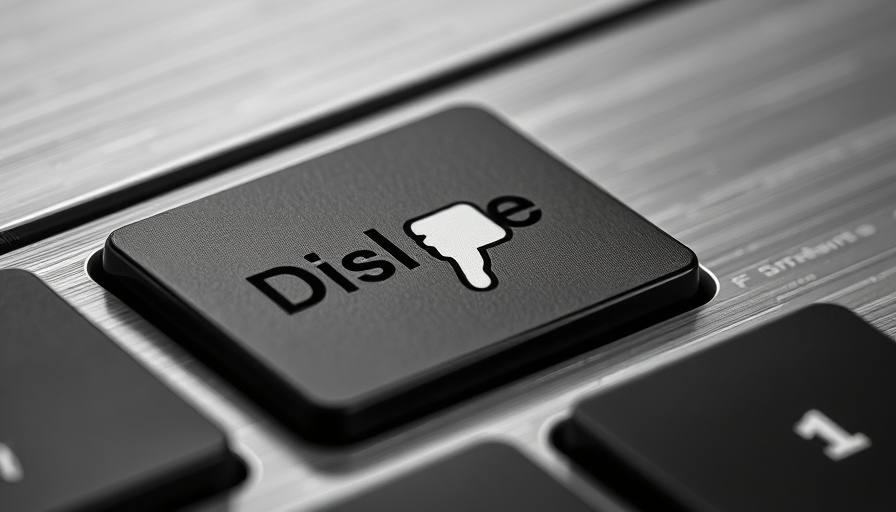
The Shift Towards Decentralized AI
In a compelling new survey from Digital Currency Group and The Harris Poll, three-quarters of Americans expressed a desire for decentralized AI, moving away from the tight grip of Big Tech. This emerging consensus highlights a growing public sentiment that beliefs innovation and social progress are more likely to flourish with a distributed model of artificial intelligence.
Why Decentralization Matters
Decentralization is the backbone of a new AI model that promises to democratize technology. By leveraging blockchain infrastructure, decentralized AI (DeAI) aims to distribute control away from major corporations, allowing for greater transparency, security, and accessibility. This shift resonates among various demographics, particularly among Baby Boomers, with 57% backing this transformative approach despite being less likely to use AI themselves.
Public Perception and Trust
While innovation is broadly viewed positively by Americans—with 91% believing AI will drive technological advances—trust issues remain prevalent regarding centralized systems. The survey indicates that even among those aware of AI's benefits, skepticism about control persists. The need for a system that enhances both trust and accessibility is reflected in the growing demand for decentralized solutions.
Opportunities for Future Innovation
The call for decentralized AI is not just a preference; it's a potential roadmap for the tech industry. The findings suggest that as Americans engage more with AI, their support for decentralization intensifies. This could lead to a future where technology serves more of the populace rather than a privileged few, ultimately enriching aspects such as healthcare and productivity.
In conclusion, the increasing demand for decentralized AI reveals a critical shift in public attitudes toward technology. As more people recognize the limitations and risks associated with centralized systems, the call for transparency and distributed power will likely lead to transformative changes across consumer technology. Embracing this change could empower individuals and communities, benefiting society as a whole.
 Add Row
Add Row  Add
Add 




Write A Comment